Best of Bali: Top 12 Things to See and Do in Bali
As tends to happen with most world-famous destinations, there’s a lot of divided opinion when it comes to Bali travel. Some say that the famed island destination is overrated – crowded and full of tourist traps to be avoided. Others count Bali amongst the must-visit destinations of the world.
So which is truth? It all comes down to how you experience this lovely little paradise. Here’s our list of the Best of Bali, in the form of the top 10 things to see and do that will make you fall in love with this beautiful island.
Bali Must-Do #1. Explore the Temples of Bali
Bali is known as the “island of a thousand temples.” You probably won’t have time to see them all, but no trip to Bali is complete without visiting a few. Check out our Bali travel tips for proper temple-visiting etiquette and get to exploring!
Here are a few of the most noteworthy temples:Besakih Temple (Mother Temple) Away from the busy throngs and crowds of the south and central Bali, there lies the beautiful and yet-off-the-beaten-path region of eastern Bali. East Bali is a paradise for nature lovers with abundant rainforests, rice terraces, mountains, active volcanoes, and spectacular diving spots, but a huge reason for coming here is to visit the Besakih Temple.
Away from the busy throngs and crowds of the south and central Bali, there lies the beautiful and yet-off-the-beaten-path region of eastern Bali. East Bali is a paradise for nature lovers with abundant rainforests, rice terraces, mountains, active volcanoes, and spectacular diving spots, but a huge reason for coming here is to visit the Besakih Temple.
This collection of temples is considered one of the most important temples in Bali and is thought to be over 1000 years old. You can find them in the village of Besakih, close to Mount Agung. When Mount Agung erupted in 1963, killing 1700 people, the lava flows missed the temple by just a few meters – an event that’s still seen as a miracle and a sign from the gods.
Pura Tanah Lot (Tanah Lot Temple)
 Tanah Lot is quite possibly the most famous of Bali’s temples and without a doubt, one of the most photographed of the island’s many temples. Perched on a rock just off the coast of the island, the view of the temple is spectacular, especially at sunset.
Tanah Lot is quite possibly the most famous of Bali’s temples and without a doubt, one of the most photographed of the island’s many temples. Perched on a rock just off the coast of the island, the view of the temple is spectacular, especially at sunset.
Tanah Lot means “Land in the Middle of the Sea,” which it is at high tide. Try to get to the lovely place during low tide for the experience of walking across the water to the temple.
Pura Luhur (Uluwatu) Temple
 Absolutely striking, Pura Luhur is a Balinese Sea Temple at Uluwatu, Bali. As one of Bali’s ‘directional temples,’ it sits atop a large, rugged limestone cliff in all its dramatic grandeur, guarding Bali against evil spirits from the southwest.
Absolutely striking, Pura Luhur is a Balinese Sea Temple at Uluwatu, Bali. As one of Bali’s ‘directional temples,’ it sits atop a large, rugged limestone cliff in all its dramatic grandeur, guarding Bali against evil spirits from the southwest.
Built in the 11th century, Pura Luhur is one of the most spectacular temples in Bali, as well as the most accessible for most Bali travelers. It’s located in the Bukit Peninsula of South Bali, which is a short 30-minute cab ride from the touristy area of Kuta Beach.
Climb to the top – 70 meters above the Indian Ocean – for absolutely striking views all around.
Bali Must-See #2. Watch Dolphins Play off the Coast of North Bali
Head to the town of Lovina on Bali’s beautiful northern coast to find yourself in a totally different Bali: quiet black sand beaches and a slow, traditional pace of life. This little town is one of the best spots in the world to see dolphins playing in nature.

There are several dolphin sighting boat trips that take off around dawn to seek out schools of dolphins gleefully jumping through the beautiful seas off Bali’s northern coast.
Bali Must-See #3. Catch a Performance of Wayang Kulit
Wayang Kulit, or the ancient shadow plays, of Bali is a show not to be missed. Designated a Masterpiece of Oral and Intangible Heritage of Humanity by UNESCO, this shadow puppet theater is absolutely enchanting, full of ancient sounds from unique instruments not found anywhere else.

Accompanying dance interpretations include spiritual and dramatic storytelling elements that you’ll be hard-pressed to find elsewhere. Nothing in the world looks or sounds quite like a performance of Wayang Kulit – get thee to one of these shows.
Fun fact: It’s clear the Balinese are masters in art, theater, and handicrafts…yet there is no word for ‘art’ in Balinese!
Bali Must-Do #4. Soak in the Healing Waters of Tirta Empul
A Balinese temple in its own class, Tirta Empul is famous for the sacred spring that feeds the temple, providing holy water for priests and bathing for Balinese people who believe that a dip in its healing waters can bring good fortune and health.

Legend has it that the god Indra created the spring Tampaksiring as an antidote to a poisonous spring created by an evil demon king. In reality, Tirta Empul was built around 962 AD at a site where there happened to be a large water spring.
We prefer the former story 🙂
Bali Must-Do #5. Explore the Beaches of Bali
From the party hardy beaches of Kuta to the the private beaches of Nusa Dua to the quiet black sand beaches of Lovina, there is a lot of beach hopping to be done in Bali.
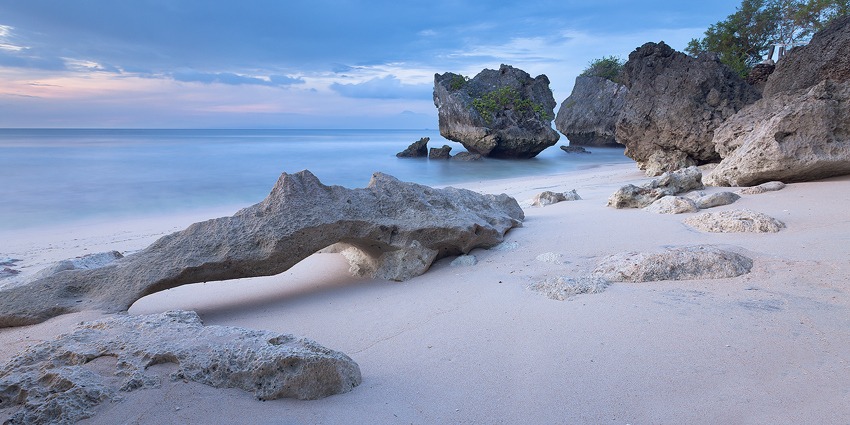
Given the volcanic nature of Bali, black sand is the norm here but you can still find plenty of beaches in the south with fine, white sand. It can be a challenge, however, finding a beach that has the right balance of lots of beauty, a lack of crowds, and calm, swimmable waters.
In general, beaches that are pretty, safe for swimming and relatively quiet are located around Jimbaran Bay and Nusa Dua in the south. Virtually all of the north coast beaches are safe for swimming and quiet.
Bali Must-Do #6. Climb Atop a Volcanic Mountain
Had your fill of soaking up the sun and ready for some action? Take a trek up to the top of one of Bali’s volcanic mountains. At the northeastern regions of Bali, hikers can trek to the top of Mount Batur where they’ll be rewarded with views into the crater and the crystal clear waters of Lake Batur.

For hardcore trekkers, East Bali also offers the chance to climb the majestic Mount Agung. The trek takes around 8 to 10 hours, typically starting around 1 in the morning and reaching the top in time to catch a stunning sunrise with spectacular view of Bali all-around.
Bali Must-Do #7. Indulge in a Spa Treatment
With a huge variety of spa treatments available amidst stunning scenery, Bali is absolute paradise for spa lovers. Relax at one of the countless spa retreats and pamper yourself with the Balinese lulur body scrub, which is traditionally performed before weddings.

If you’ve just returned from an arduous mountain trek, perhaps you’ll want to try Balinese massage, an oil massage involving long, soothing, Swedish-style strokes. You can follow up the massage with a decadent body scrub and even yogurt body mask. Go ahead and splurge – the whole treatment will only cost you around 150,000 IDR ($15 USD) at a local spa.
Bali Must-See #8. Experience a Local Balinese Funeral Ceremony
Going to a funeral may not be on the top of your list of things to do on vacation, but if you’re lucky enough to be invited to witness one a Balinese cremation ceremony – GO!
It is one of the most spectacular events you’ll ever witness. This ceremony, known as Ngaben, has its origins in Hinduism but differs considerably from the practices in India. The idea behind the cremation is that the body must be burned to set the soul free from worldly ties and to start a new life in the afterlife.

The whole village will take part in the elaborate funeral processions when the body of the deceased is carried to the cremation place, a beautifully colorful temple-like structure called Wadah, and the body is shaken and turned along the way to make sure the soul doesn’t find its way back home.
Click here for a great, personal experience of a Hindu cremation ceremony.
Bali Must-See #9. The Rich Green Rice Paddies of Bali
Away from the coast, Bali’s landscape gives way to lush verdant rice paddies that are a must-see while in Bali. In some areas, the paddies transform into dramatic sculpted terraces with intricate designs that can be stared at for hours.

The most beautiful rice paddies can be found in East Bali around Tirta Gangga as well as on the center of the island around Ubud. As for rice paddies that must not be missed – plan a trip to the Jatiluih Rice Terraces. They are absolutely stunning, vividly green, and cover every surface in rich, luscious green.
The best part? There are hardly any tourists here – you’ll get a glimpse of rural Bali in all its natural, serene glory.
Bali Must-Do #10. Try a Cup of Kopi Luwak
Most commonly known as the “most expensive coffee in the world,” Kopi Luwak hails from Indonesia – if you’re in Bali, this is a great place to give it a try.

What makes this coffee so special? Well, the coffee beans are eaten, partly digested and then excreted by the Common palm civet. The internal digestion – only the soft outer part of the coffee bean is digested – apparently adds a unique flavor to the beans, removing the bitter flavor and giving the coffee a deep, flavorful taste that is unparalleled in any other coffee.
This is a definite must-try…if you can get over its unique making process.
To get a glimpse of how the world-famous Kopi Luwak is made – and see the stars in this coffee-making process (i.e. the civet cats themselves) – take a trip to Bali Pulina to tour the expansive coffee plantation there and have a mind-blowing coffee experience. It’s just 7-kilometers from Ubud…
Bali Must-Do #11. Enjoy Art, Culture, Health and Wellness in Ubud
Speaking of Ubud…this lush, green town at the heart of Bali is a must-visit. The central part of Bali is also the cultural heart and you’ll have the opportunity to experience plenty of traditional Bali culture here with dance shows, concerts and kecak fire shows every night of the week.
Ubud is also a famed arts and crafts hub with countless artists’ workshops, galleries, and stores where you can pick up exquisite Balinese art and handicrafts.

Another huge reason to go to Ubud is for its reputation as a center of health, wellness and spirituality. The town is home to several top-notch yoga and meditation retreats with world-class yoga instructors and health nuts will be ecstatic at the wide range of health and wellness foods readily available in these parts.
Check out the local fresh market selling a huge variety of local fruits, vegetables and even edible flowers!

Bali Must-Do #12. Explore Bali Underwater
There’s a lot to see in Bali and much of it is underwater. Bali has some of the best dive spots in all of Indonesia – explore the well-protected Marine National Park in northwest Bali to swim with colorful fish in crystal clear waters or head to northeast Bali to the popular dive spots around Tulamben. Check out wreck diving in Amed in northeast Bali of if you have a few days, check out diving in the Gili Islands for a chance to swim with sea turtles, reef sharks, and stingrays! (read more about Gili Islands)
Make sure you have travel insurance and enjoy the heck out of this paradise while you’re here! Happy traveling!
Thanks for visiting our site Voyager – indonesiad.com and taking the time to read our post!
We’d love if you’d comment and share this post.
If you find the website helpful we would appreciate if you support us by clicking on the related Ads that Google provides you around the pages.

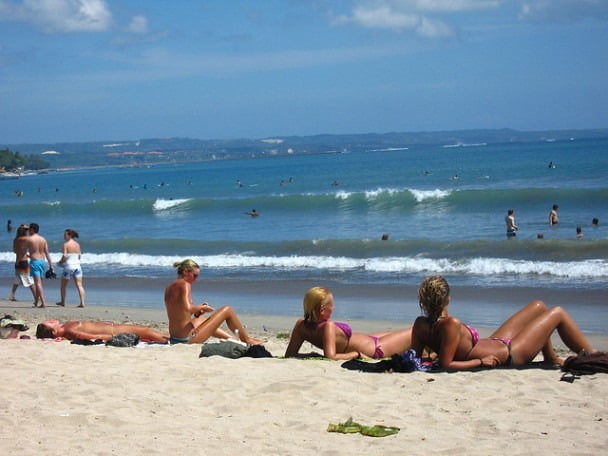
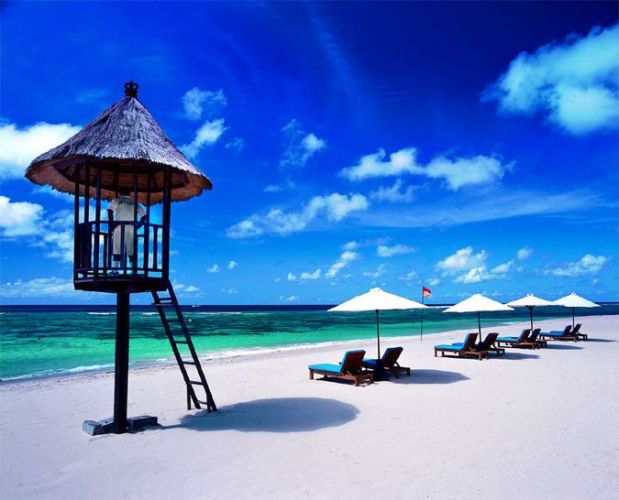
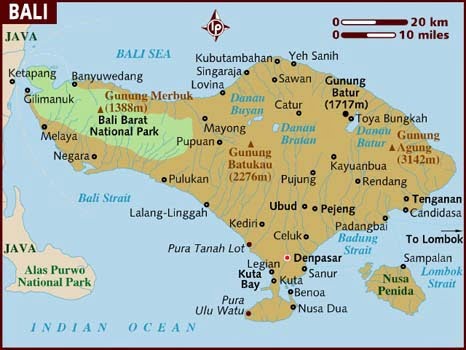
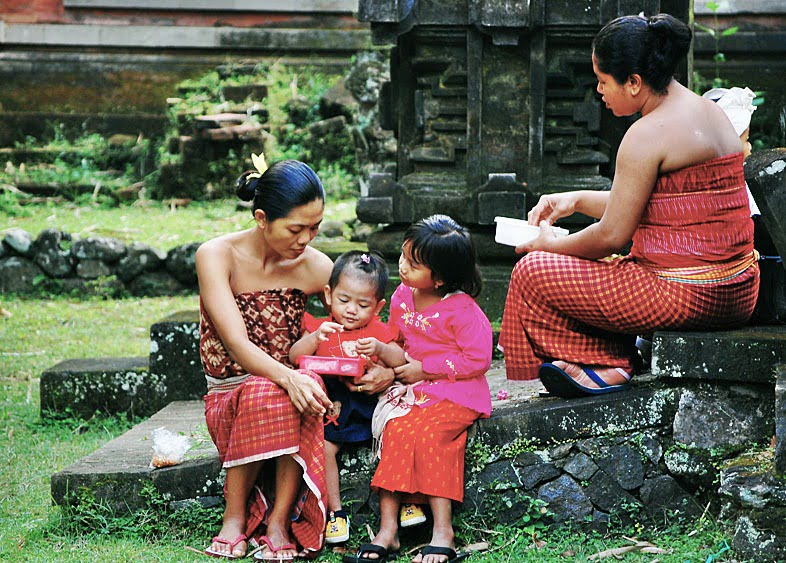


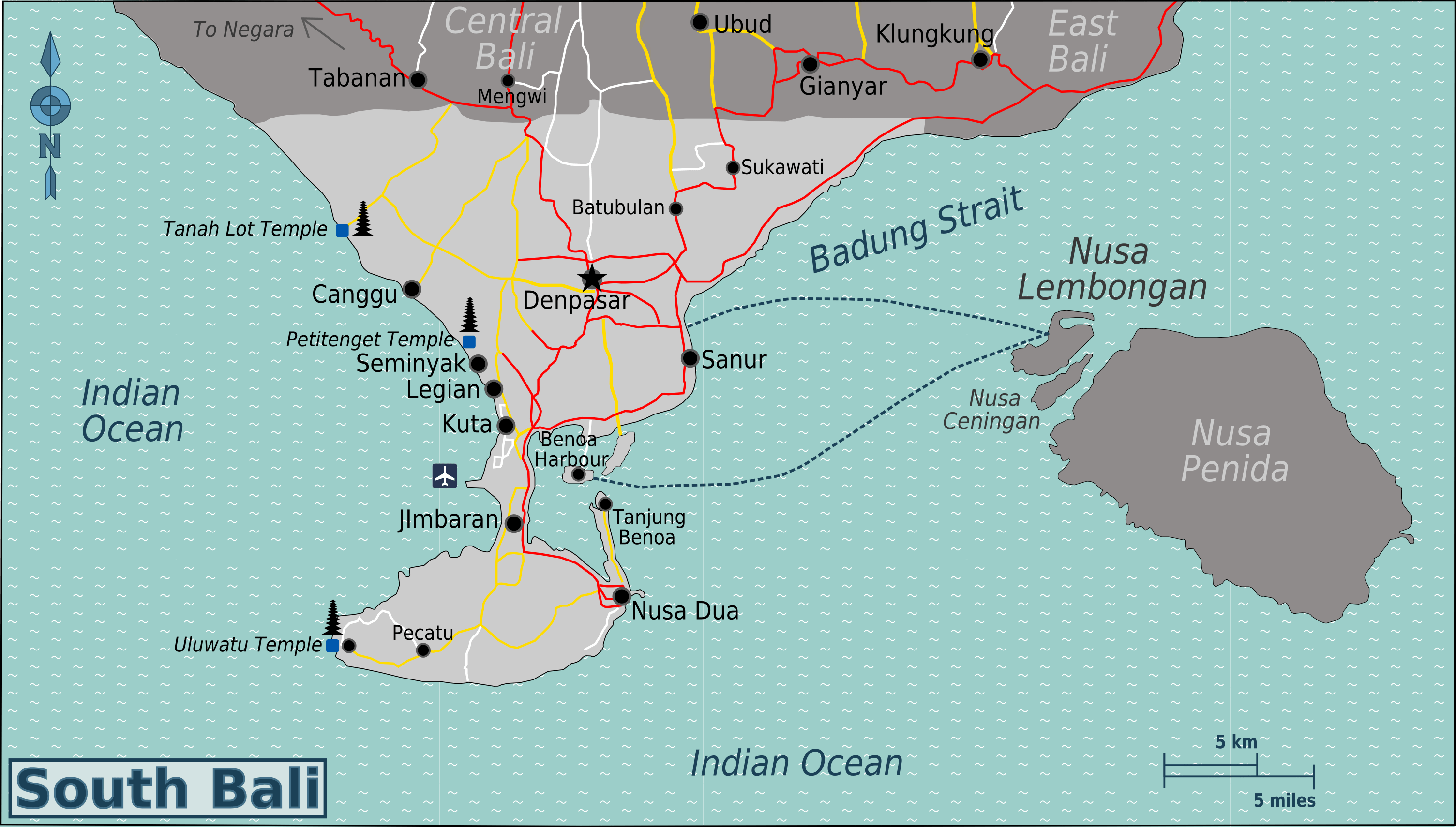






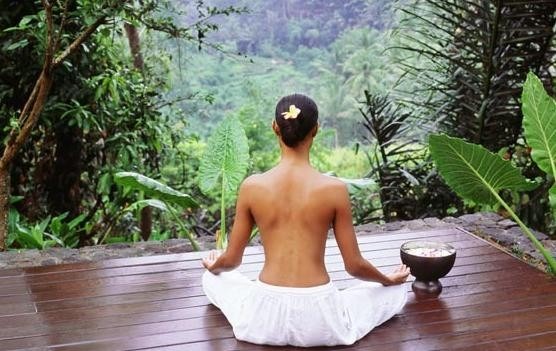














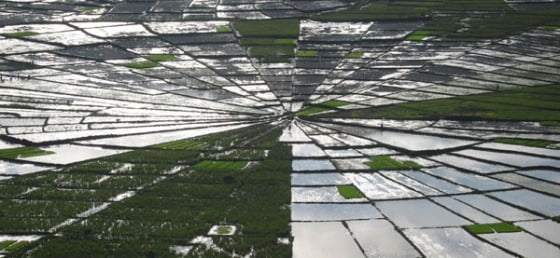
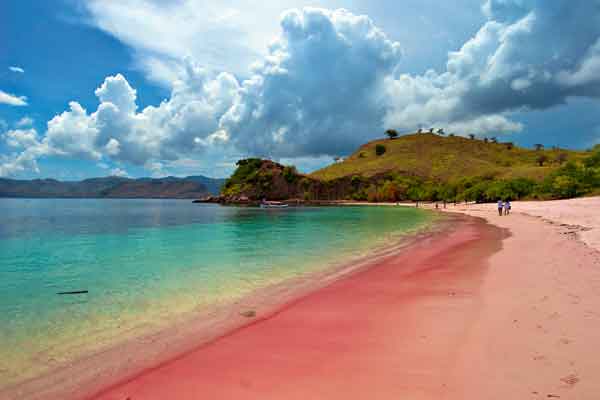

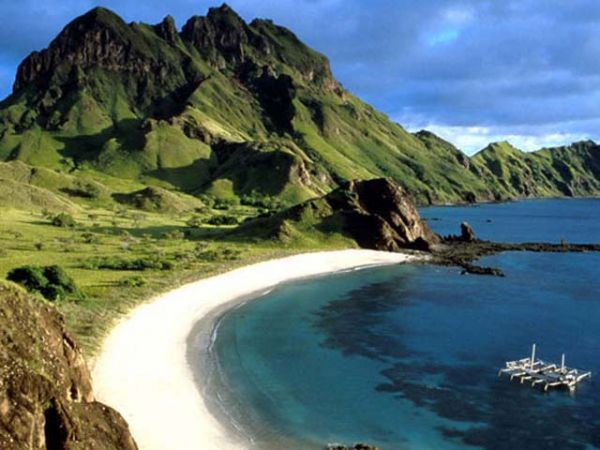
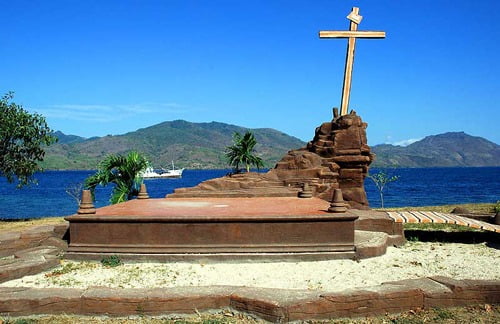


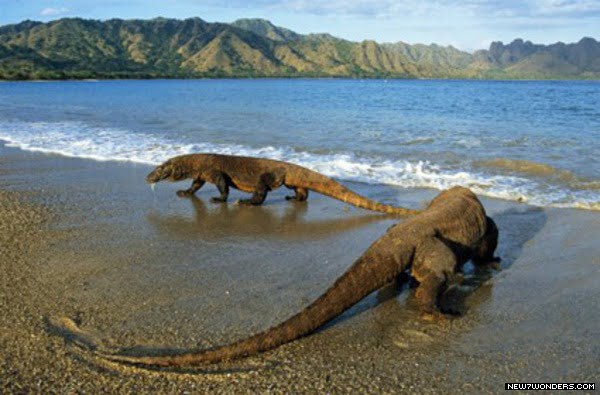

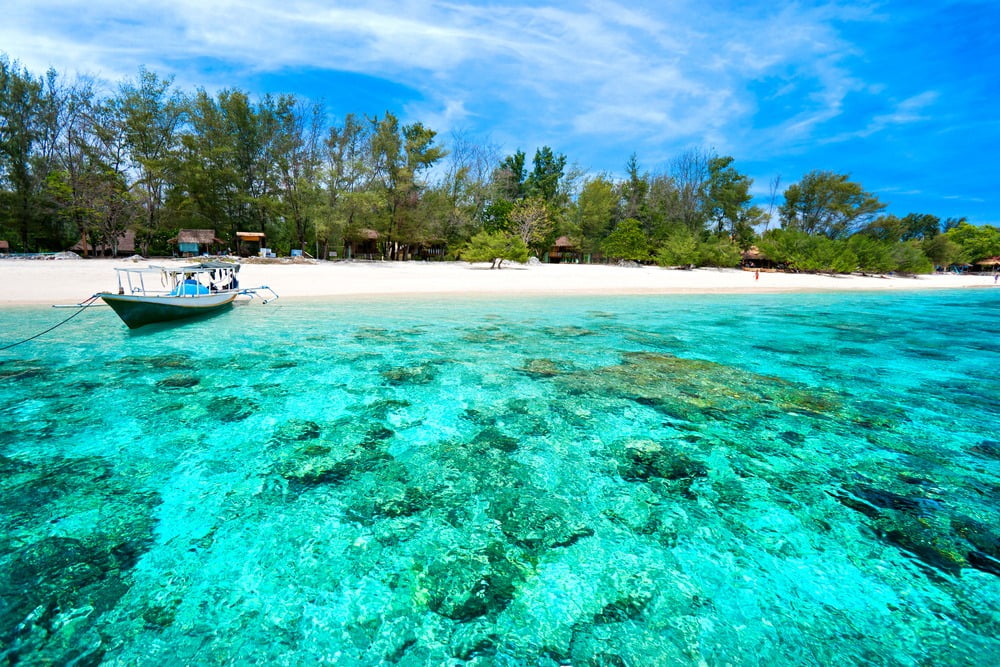

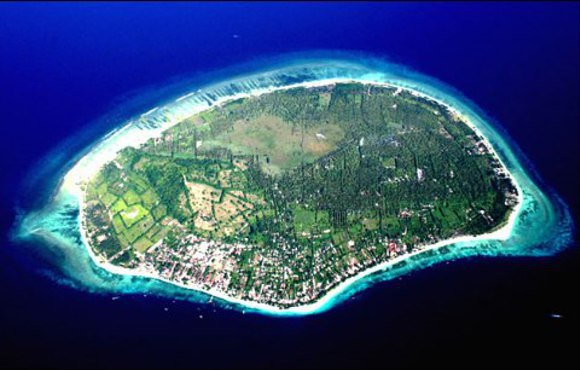
 Diving is fast overtaking partying as Gili T’s most popular activity and that’s no surprise considering the fantastic dive spots scattered around Gili Trawangan. Sea turtles are abundant here, thanks to the island’s conservation efforts, and divers will also have the chance to swim with eels, white-tip reef sharks, stingrays, pigmy seahorses, and among a kaleidoscope of colorful fish.
Diving is fast overtaking partying as Gili T’s most popular activity and that’s no surprise considering the fantastic dive spots scattered around Gili Trawangan. Sea turtles are abundant here, thanks to the island’s conservation efforts, and divers will also have the chance to swim with eels, white-tip reef sharks, stingrays, pigmy seahorses, and among a kaleidoscope of colorful fish. Diving is wonderful – imagine how great it’d be without all the cumbersome scuba equipment.
Diving is wonderful – imagine how great it’d be without all the cumbersome scuba equipment. For those who prefer to stay near the surface of the water, Gili T offers fantastic snorkeling options. You can rent masks and fins off pretty much any beach, but instead of setting out yourself, it’s best to book a snorkeling trip. The currents are strong even near the shore and you’ll spend most of your energy fighting the currents before you reach the best snorkel spots.
For those who prefer to stay near the surface of the water, Gili T offers fantastic snorkeling options. You can rent masks and fins off pretty much any beach, but instead of setting out yourself, it’s best to book a snorkeling trip. The currents are strong even near the shore and you’ll spend most of your energy fighting the currents before you reach the best snorkel spots. A great way to explore the islands is to go on a sea kayaking trip.
A great way to explore the islands is to go on a sea kayaking trip. The
The  Although you can’t beat Gili Air for sunrises and sunsets, Gili Trawangan’s are also quite superb.
Although you can’t beat Gili Air for sunrises and sunsets, Gili Trawangan’s are also quite superb. Pretty much the entire perimeter of Gili T can be walked along the beach – or explored on horseback. Gili T is the only Gili Island on which you can ride horseback on the beach so this goes on the must-do list.
Pretty much the entire perimeter of Gili T can be walked along the beach – or explored on horseback. Gili T is the only Gili Island on which you can ride horseback on the beach so this goes on the must-do list. Gili T is home to the Gilis’ only party boat – the boat rid starts at 3 PM and tours around the 3
Gili T is home to the Gilis’ only party boat – the boat rid starts at 3 PM and tours around the 3  Most people head to Bali for the surfing, but you can catch some decent waves on Gili T as well. The locals regularly surf off the south end of the island.
Most people head to Bali for the surfing, but you can catch some decent waves on Gili T as well. The locals regularly surf off the south end of the island. Amidst the partying and the diving, a small but strong yoga community exists on Gili T.
Amidst the partying and the diving, a small but strong yoga community exists on Gili T. In between the sunrise and the sunset lies our most recommended thing to do while on Gili Trawangan – just laze around. This “party island” offers so much in terms of natural beauty to enjoy.
In between the sunrise and the sunset lies our most recommended thing to do while on Gili Trawangan – just laze around. This “party island” offers so much in terms of natural beauty to enjoy.
 Sea turtles are abundant in the waters around the Gilis, thanks to the islands’ conservation efforts, and divers will also have the chance to swim with eels, white-tip reef sharks, stingrays, pigmy seahorses, and among a kaleidoscope of colorful fish.
Sea turtles are abundant in the waters around the Gilis, thanks to the islands’ conservation efforts, and divers will also have the chance to swim with eels, white-tip reef sharks, stingrays, pigmy seahorses, and among a kaleidoscope of colorful fish. For those who prefer to stay near the surface of the water, Gili Meno has several great snorkeling spots. The waters around Gili Meno are calmer than around Gili T and you can rent masks and fins from pretty much any cafe or hotel and head off to explore underwater.
For those who prefer to stay near the surface of the water, Gili Meno has several great snorkeling spots. The waters around Gili Meno are calmer than around Gili T and you can rent masks and fins from pretty much any cafe or hotel and head off to explore underwater. The Gilis have been called the ‘turtle capital of the world’ and you’ll find that this is not an overstatement thanks to the islands’ conservation efforts.
The Gilis have been called the ‘turtle capital of the world’ and you’ll find that this is not an overstatement thanks to the islands’ conservation efforts. There’s a bird sanctuary located in the center of Gili Meno where you could spend a few hours ooh-ing and aah-ing over the beautifully exotic birds in a pristine landscaped environment.
There’s a bird sanctuary located in the center of Gili Meno where you could spend a few hours ooh-ing and aah-ing over the beautifully exotic birds in a pristine landscaped environment. The coastal path of Gili Meno is a particularly beautiful walk and not to be missed. It’ll only take you a little over an hour to walk the entire island.
The coastal path of Gili Meno is a particularly beautiful walk and not to be missed. It’ll only take you a little over an hour to walk the entire island. Gili Meno has the best beaches of all the Gilis – they’re beautiful, uncrowded, and the horizon seems to stretch to infinity.
Gili Meno has the best beaches of all the Gilis – they’re beautiful, uncrowded, and the horizon seems to stretch to infinity.
 For those who prefer to stay near the surface of the water, Gili Air has several great snorkeling spots. The waters around Gili Air are calmer than around Gili T and you can rent masks and fins from pretty much any cafe or hotel and head off to explore underwater. The waters are crystal clear – to the point where you can see where the coral starts and ends.
For those who prefer to stay near the surface of the water, Gili Air has several great snorkeling spots. The waters around Gili Air are calmer than around Gili T and you can rent masks and fins from pretty much any cafe or hotel and head off to explore underwater. The waters are crystal clear – to the point where you can see where the coral starts and ends. Gili Air isn’t exactly known on the global surf scene but for skilled and experienced surfers, the island offers a few great surf spots as well as a fantastic surf shop – Ozzy’s Surf Shop – where you can check out the conditions and get the scoop on the best surf spots around the island.
Gili Air isn’t exactly known on the global surf scene but for skilled and experienced surfers, the island offers a few great surf spots as well as a fantastic surf shop – Ozzy’s Surf Shop – where you can check out the conditions and get the scoop on the best surf spots around the island. Gili Air has a great yoga and meditation center – H2O Yoga and Meditation Center – which offers twice-daily yoga classes as well as yoga teacher training and yoga and meditation retreats.
Gili Air has a great yoga and meditation center – H2O Yoga and Meditation Center – which offers twice-daily yoga classes as well as yoga teacher training and yoga and meditation retreats. You can walk around Gili Air in around an hour – it’s a beautiful walk and highly recommended.
You can walk around Gili Air in around an hour – it’s a beautiful walk and highly recommended. This is a must-see on Gili Air – the sunrise and sunsets here are things of legend.
This is a must-see on Gili Air – the sunrise and sunsets here are things of legend. This is by far our favorite activity. There are no cars to interrupt your reverie and a range of bungalow-style accommodations with verandas that overlook the ocean that you can hang out on all day.
This is by far our favorite activity. There are no cars to interrupt your reverie and a range of bungalow-style accommodations with verandas that overlook the ocean that you can hang out on all day.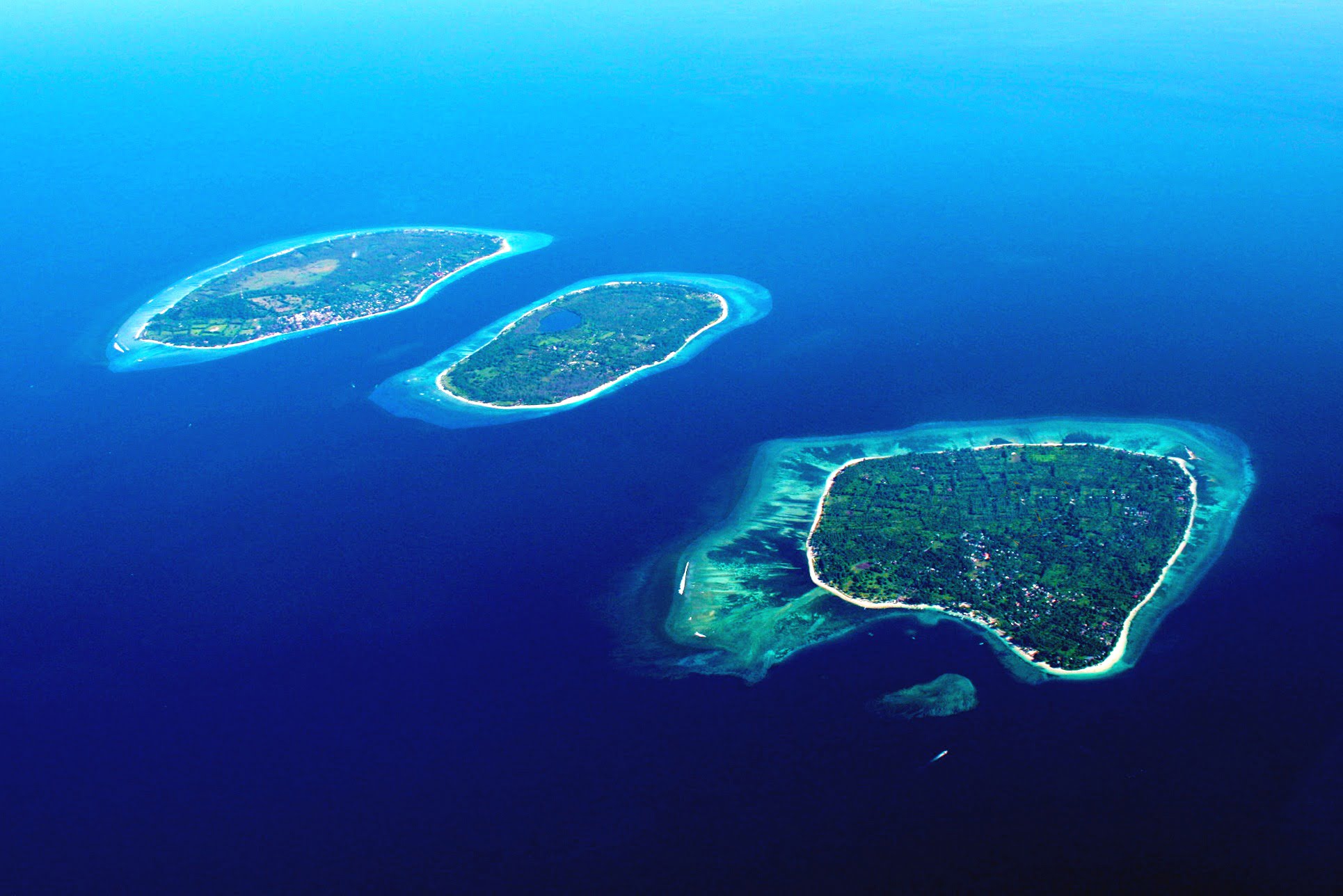





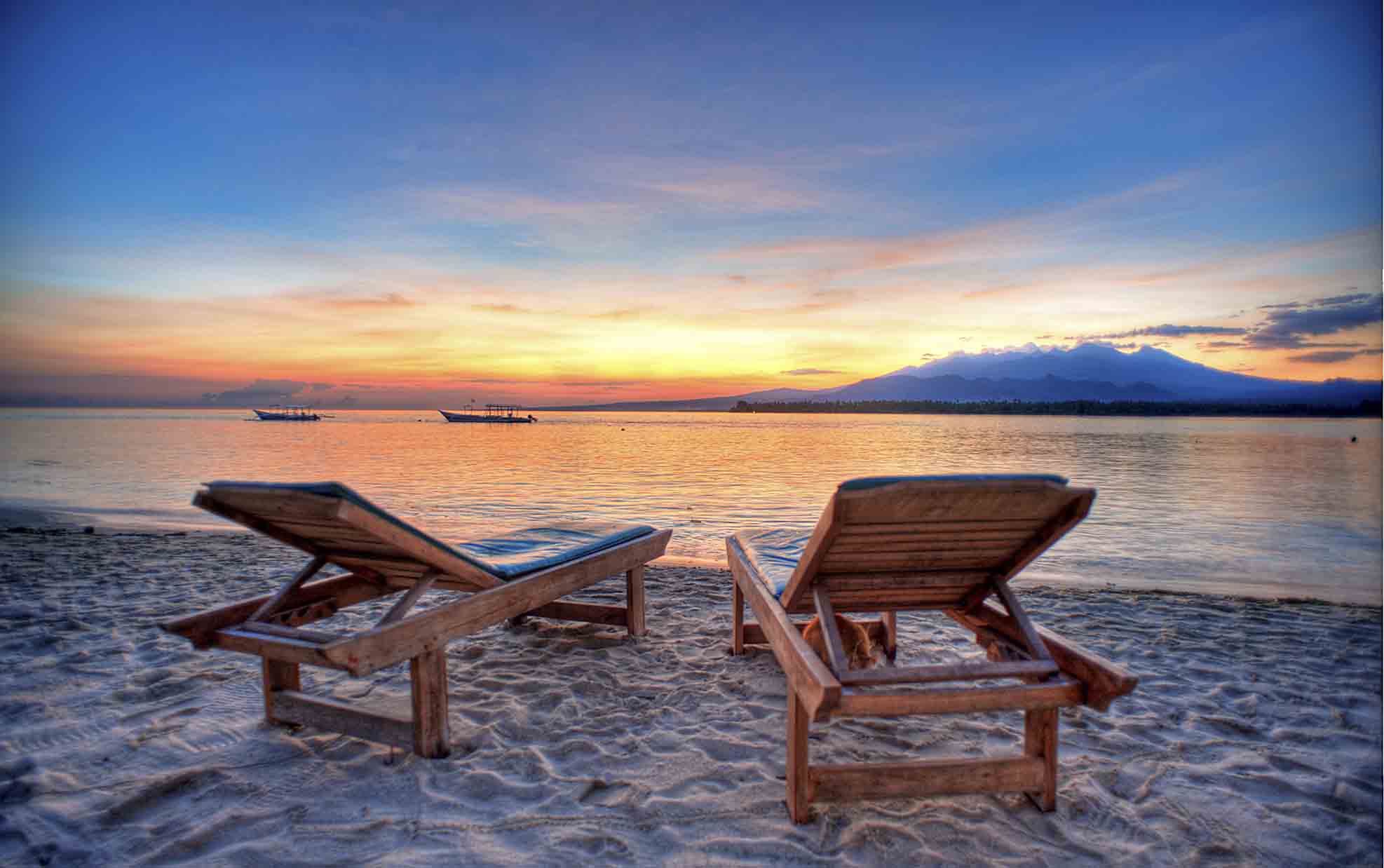

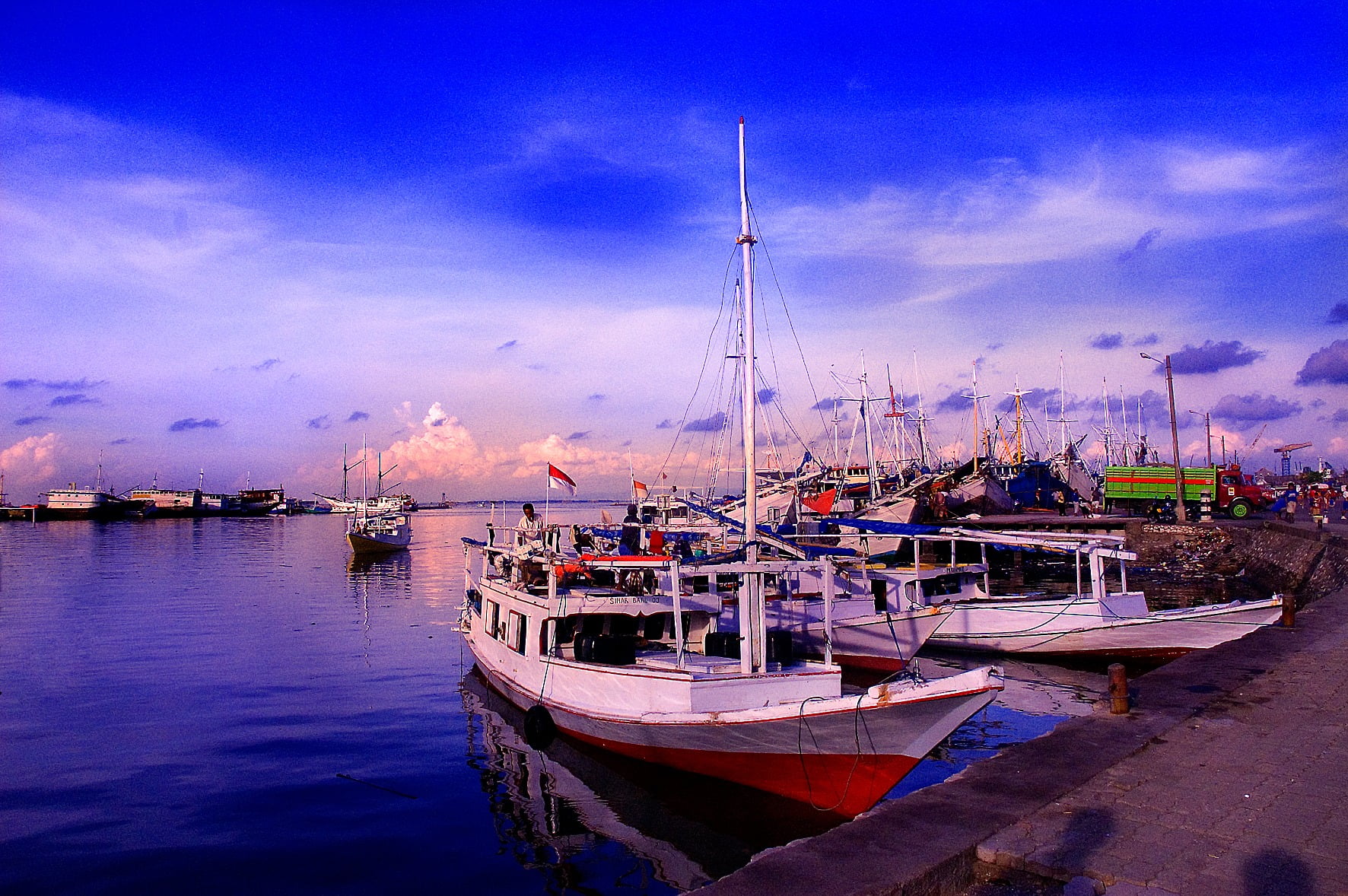




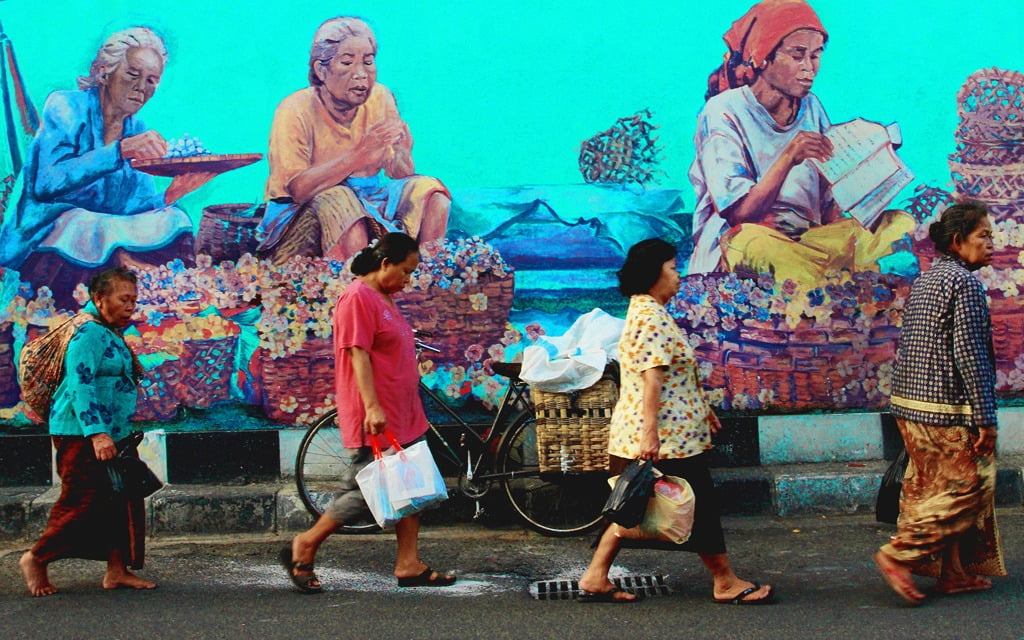


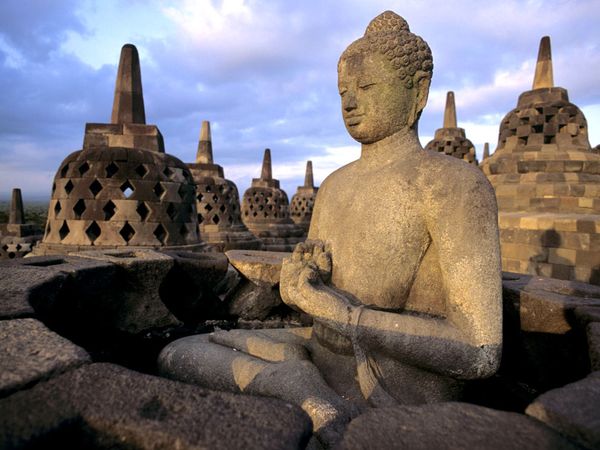



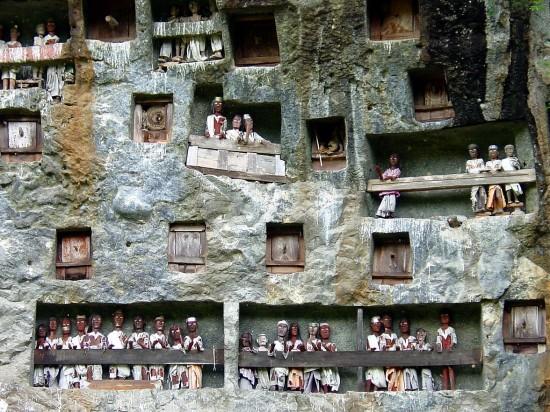

 Before the 20th century, Torajans lived in autonomous villages, where they practised animist beliefs known as Aluk To Dolo (translated to ‘Way of the Ancestors’) and remained relatively untouched by the outside world.
Before the 20th century, Torajans lived in autonomous villages, where they practised animist beliefs known as Aluk To Dolo (translated to ‘Way of the Ancestors’) and remained relatively untouched by the outside world.

